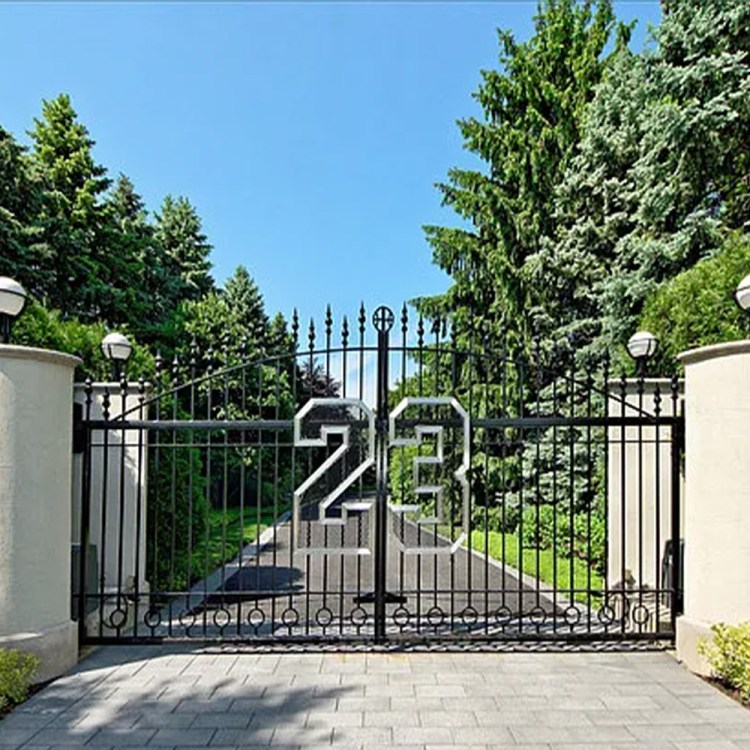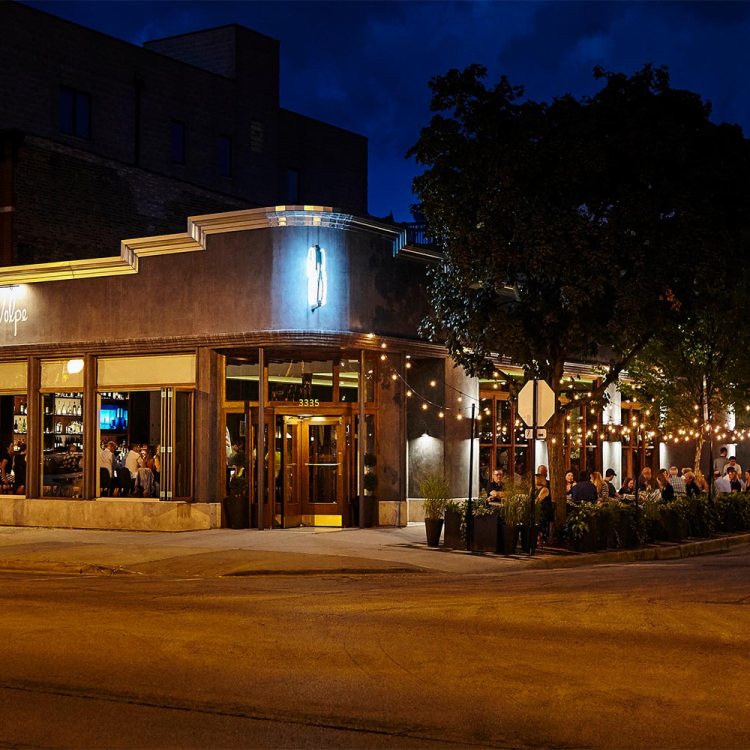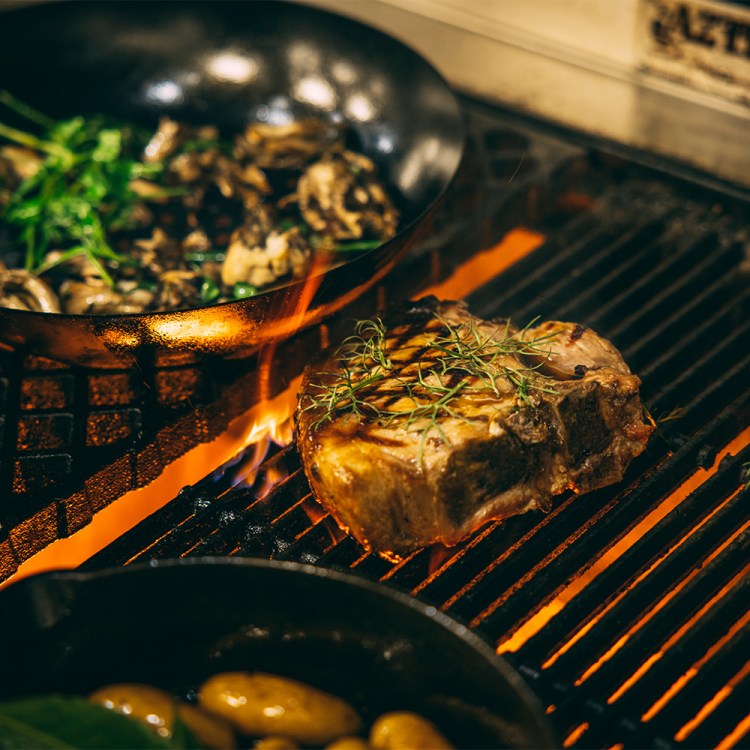Pound for pound of grass-fed beef: we live in the best food city in America.
But don’t take our word for it.
Take it from Bon Appétit, who last week named Chicago America’s “Restaurant City of the Year.”
If you read the Internet as closely as we do, you’ll notice a familiar byline: Julia Kramer.
A Chicago native and former Time Out Chicago dining critic, Kramer is now Senior Editor at America’s leading culinary magazine. Says Kramer: “There are no set criteria for determining which city the award goes to. It’s one of those things that you just know it when you know it.”
We know exactly the feeling.
So we caught up with her for an extended conversation on what defines Chicago’s food scene, how it’s evolved in the past decade, and her favorite places to eat and drink … well, just about everything.
Giant/Galdones Photography
InsideHook: How does Bon Appétit choosing a “Restaurant City of the Year”?
Julia Kramer: Andrew Knowlton (Bon Appétit’s Deputy Editor) and I spend a good portion of each year on the road, traveling across the country in search of the best new restaurants. On May 1 of each year, we sit down, spend hours comparing notes, and hammer out what we think the 50 best new restaurants of the year are. This year, I visited Chicago at least a half-dozen times, and Andrew visited as well, and we both felt strongly that as good as the city’s food scene always is, there was a critical mass of openings and a particular energy there this year that we wanted to spotlight.
IH: What did you want to shine that spotlight on exactly? How do you describe Chicago’s food scene?
JK: Chicago has an unpretentious food scene that values deliciousness above all. I don’t think I realized how good the restaurants were in Chicago until I moved to New York. (Though to be fair, I think that New York restaurants overall have a better sense for ambiance, design and intimacy than Chicago restaurants.) The restaurant industry is not easy anywhere, and I think there’s still more ability for chefs and restaurateurs to take risks in Chicago, because the cost of rent isn’t as exorbitant as in SF or NYC. You can open a place like Cellar Door Provisions where the lunch menu changes every day; you can try out a tasting menu at a strip mall like the folks at Hanbun.
Another thing that sets Chicago apart is that is has a strong culture of mentorship: The reason why there are all these young chefs opening amazing restaurants is because they’ve trained with really great Chicago chefs like Jason Hammel, Paul Kahan and Grant Achatz. I’m much more interested in going to a neighborhood restaurant opened by a cook who spent years working her way up the line at a place like Lula Cafe than eating a 20-course tasting menu from someone whose main credential is a months-long stage at Noma.
IH: Now how about the Chicago customer — how would you describe them?
JK: I think that diners in Chicago demand a higher quality — and value — from their restaurants than you’ll find in many other cities. You can’t phone it in in Chicago or rely on buzz and hype as some places do in NYC; Chicagoans just won’t put up with that. People in Chicago know what good food is!
Elske
IH: You write “Chicago has a way of generating distinctly personal restaurants,” — what do you mean by “personal”? How important are “chef-driven” restaurants to Chicago?
JK: When you visit hundreds of restaurants a year, it’s not enough that these places produce perfectly executed food. There has to be a point of view — to both the food and the space. There has to be a warmth to the service that makes you feel as though the staff really wants to be there, as though they are “personally” invested in the place. Yeah, typically those restaurants are what you might call “chef-driven.” But to me, it’s about more than the chef: It’s about the whole 360 of the experience, front-of-house included. You can have an amazing chef with a strong point of view, but they’re in some massive, overwrought space — there’s no fun in that. I think that’s why so often, my favorite restaurants tend to be run by a husband-wife team (like Elske), or siblings, or close friends.
IH: You started covering Chicago’s food scene about 10 years ago — 5 of those years as a restaurant critic at Time Out. How has our food scene evolved in that time?
JK: Ten years ago, Chicago was in the throes of the pork belly and bone marrow movement: the couple years after the ’08 recession were very gluttonous times. I think that the city definitely got over that, and that, like the rest of the country, there’s a lot more emphasis on vegetables and grains at restaurants in Chicago these days. The bread scene in Chicago is much better than it was 10 years ago, thanks to places like Cellar Door and Floriole and Publican Quality Bread. But I think that in terms of chefs opening one-of-a-kind restaurants, that was the case in Chicago 10 years ago and still is today.
IH: What does Chicago’s food scene do better than anywhere else?
JK: The range of regional Mexican food, the neighborhood restaurants where you can have an incredible meal without spending $200, the dive bars, the summer day-drinking … there’s so much.
IH: What is the Chicago food stereotype? How do we fulfill it and how do we break it?
JK: The obvious stereotype is that Chicago is a meat-and-potatoes town. This is true in the sense that there are a lot of steakhouses (my personal favorite is the old-school Gene & Georgetti) — but there are a lot of steakhouses in New York, too. I think everyone is tired of this trope being trotted out and recognizes that it’s passé.
Lula Cafe/Anthony Tahlier
IH: If you had to send someone to one restaurant, where would it be and why?
JK: Lula Cafe. That to me sums up the best things about Chicago restaurants: It’s a place that doesn’t have to try too hard, sources its ingredients ethically, and always has just the right vibe.
IH: OK. Quick-fire section. Favorite cocktail joint?
JK: Scofflaw because it’s the only one that allowed me to work behind the bar.
IH: Favorite brewery?
JK: I am the worst person to ask. Whenever I’m in Chicago, I use it as an opportunity to drink Stiegl radler. You can’t find it in New York!
IH: Best spot for a first date?
JK: Le Bouchon
IH: Ketchup on a hot dog — yes, no, indifferent?
JK: Why not just shake a packet of sugar on too while you’re at it?
IH: Taking pictures of your meal — yes, no, indifferent?
JK: I consider it my duty, for better or for worse.
IH: Favorite Italian beef?
JK: Johnnie’s Beef in Elmwood Park
IH: Favorite hot dog?
JK: Red Hot Ranch! (Also, shout out to my colleague Alex Delany who recently ate 14 Chicago dogs in one day in search of his favorite)
IH: And finally … Give us one Chicago guilty food pleasure.
JK: I grew up in Highland Park, so it would definitely be cheese fries (made with Merkts cheddar) at Michael’s.
This article was featured in the InsideHook Chicago newsletter. Sign up now for more from the Windy City.





















